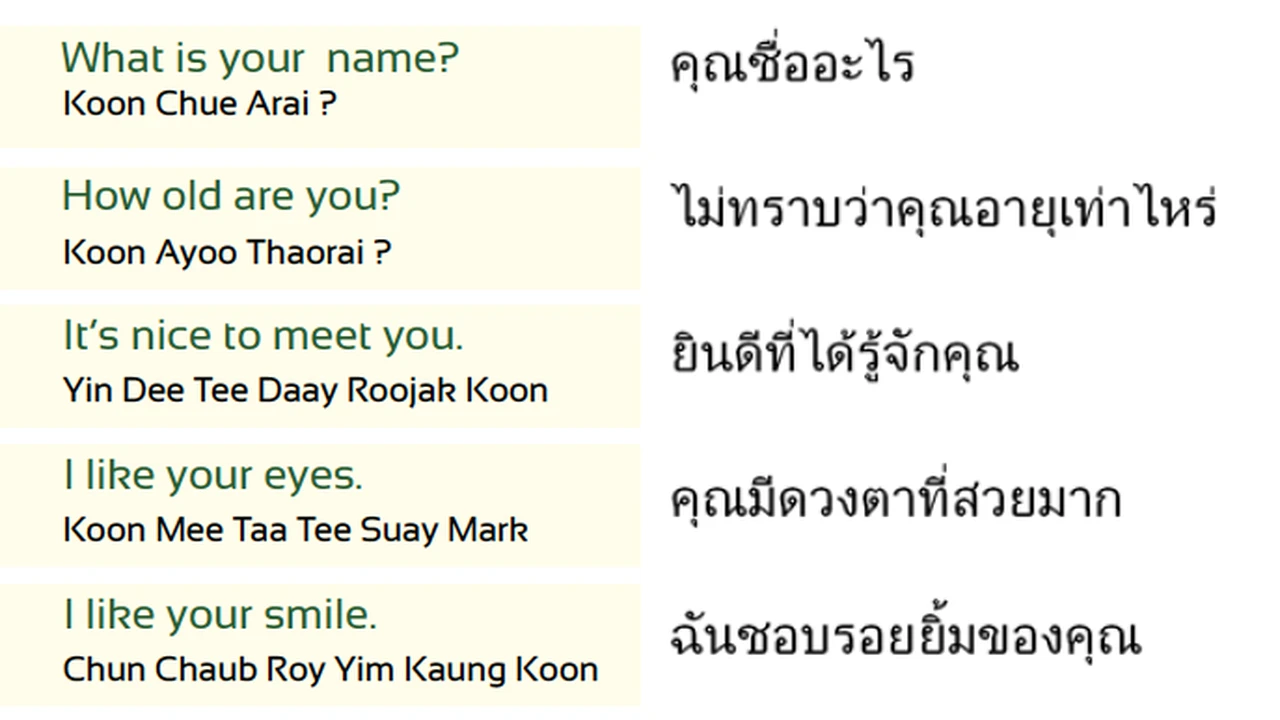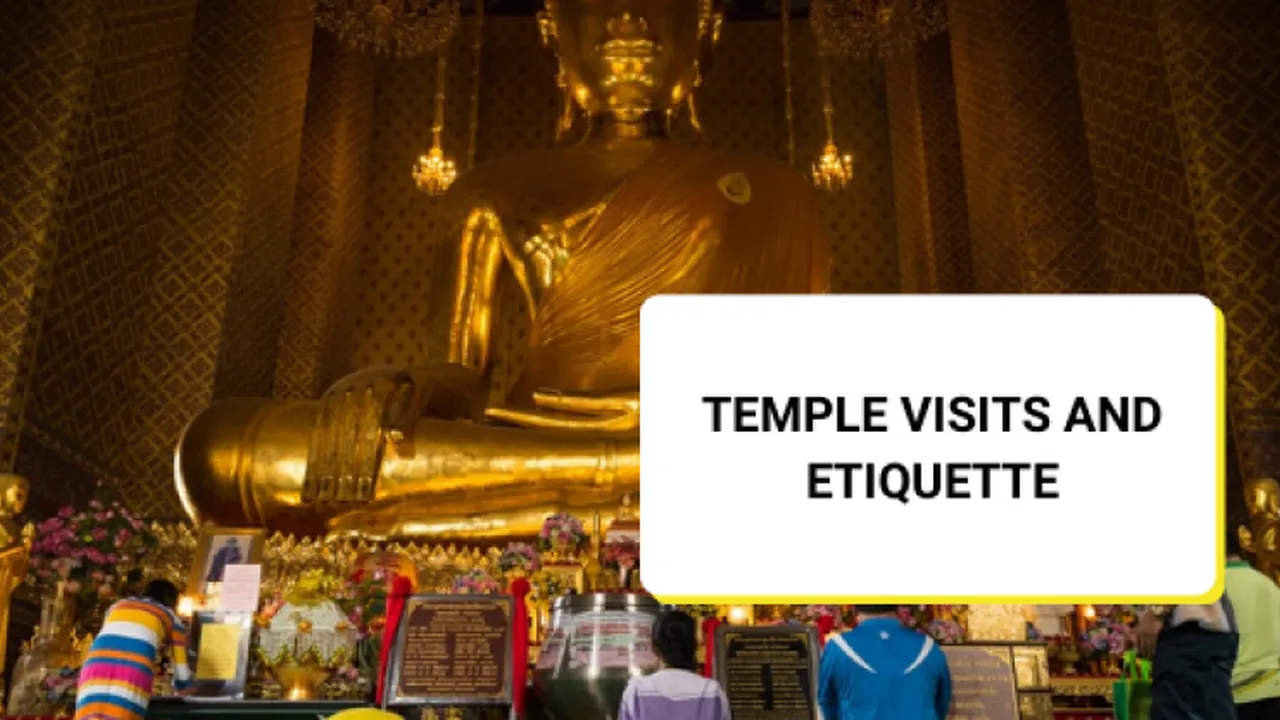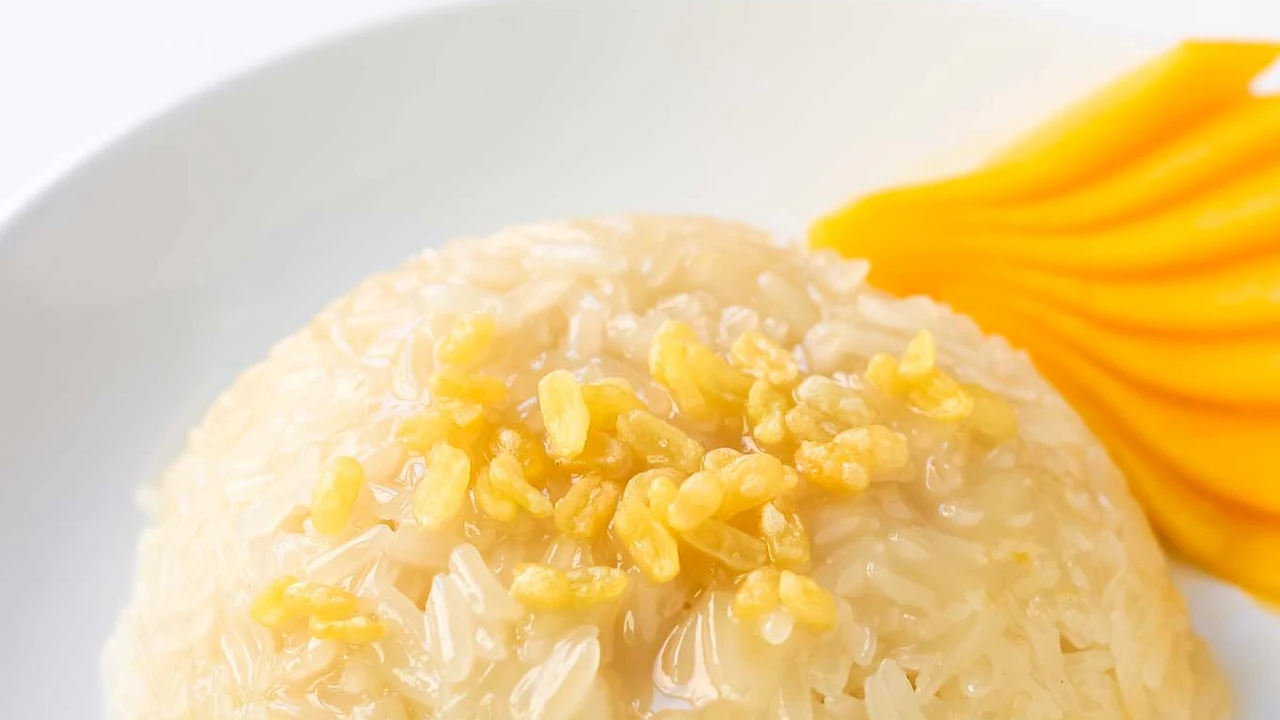Common Thai phrases: Learn basic greetings and expressions

Essential Thai Greetings Mastering Basic Thai Phrases for Everyday Interactions
Learning a new language can be daunting, but starting with greetings is always a great way to immerse yourself. Thai is no exception! Knowing just a few basic Thai phrases can significantly enhance your travel experience and show respect for the local culture. This guide will walk you through some common Thai greetings and expressions, helping you navigate everyday interactions with ease. We'll explore not just the words themselves, but also the nuances of tone and context, crucial for effective communication in Thailand.
Sawasdee The Foundation of Thai Greetings Greetings and Etiquette in Thailand
The most fundamental Thai greeting is "Sawasdee" (สวัสดี). It's a versatile word used for both hello and goodbye. However, it's not quite as simple as that! The word is usually followed by "krap" (ครับ) for male speakers and "ka" (ค่ะ) for female speakers. These particles add politeness and respect to your greeting. So, a man would say "Sawasdee krap" (สวัสดีครับ) and a woman would say "Sawasdee ka" (สวัสดีค่ะ). For example, when entering a shop, you can say "Sawasdee krap/ka" to the shopkeeper. When leaving, you can say the same thing. It's a truly universal greeting.
Beyond Sawasdee Exploring Other Common Thai Greetings and Expressions Thai Language Basics
While "Sawasdee" is essential, there are other useful greetings and expressions to learn. "Sabai dee mai?" (สบายดีไหม) means "How are you?". The response is usually "Sabai dee" (สบายดี), meaning "I'm fine." Again, remember to add "krap" or "ka" to the end for politeness. For example: Person A: "Sawasdee krap, Sabai dee mai krap?" Person B: "Sawasdee krap, Sabai dee krap." You can also use "khun" (คุณ) before a person's name as a sign of respect. For instance, "Sawasdee krap, Khun David."
Thank You and Apologies Gratitude and Politeness in Thai Culture
"Khop khun" (ขอบคุณ) means "Thank you." Again, add "krap" or "ka." So, "Khop khun krap/ka." This is incredibly important to use frequently. A simple "thank you" goes a long way. For apologies, use "Khothot" (ขอโทษ), which means "Sorry" or "Excuse me." Again, add "krap/ka". For instance, if you accidentally bump into someone, say "Khothot krap/ka."
Introducing Yourself Simple Thai Phrases for Introductions and Basic Conversations
To introduce yourself, you can say "Chan/Phom cheu..." (ฉัน/ผมชื่อ...) which means "My name is...". "Chan" (ฉัน) is used by women, and "Phom" (ผม) is used by men. For example: "Phom cheu David krap." To ask someone their name, you can say "Khun cheu arai?" (คุณชื่ออะไร). A simple conversation might go like this: Person A: "Sawasdee krap, Phom cheu David krap. Khun cheu arai krap?" Person B: "Sawasdee krap, Phom cheu Michael krap."
Numbers and Basic Counting Essential Thai Numbers for Shopping and Bargaining
Knowing basic numbers is crucial, especially when shopping. Here are the numbers 1-10: 1 (neung), 2 (song), 3 (sam), 4 (see), 5 (ha), 6 (hok), 7 (jet), 8 (paet), 9 (gao), 10 (sip). When bargaining at a market, you might hear "Gee baht?" (กี่บาท), meaning "How much?" You can then use these numbers to understand the price and negotiate. For example, if something costs 50 baht, they might say "Ha sip baht."
Navigating Markets and Street Food Ordering Food and Drinks with Confidence in Thailand
Street food is a highlight of any trip to Thailand. To order, you can point and say "Ao nee" (เอา นี้) meaning "I want this." To specify the quantity, use the numbers you learned earlier. For example, "Ao song nee" (เอา สอง นี้) means "I want two of these." To ask if something is spicy, you can say "Phet mai?" (เผ็ดไหม). If you want it not spicy, say "Mai phet" (ไม่ เผ็ด).
Asking for Directions Getting Around Thailand with Basic Thai Phrases
If you get lost, you can ask for directions by saying "Pai... yang ngai?" (ไป... อย่างไง), meaning "How do I get to...?". For example, "Pai Wat Arun yang ngai krap/ka?" (How do I get to Wat Arun?). Be prepared for the response to be in Thai, so try to recognize landmarks or use a map.
Polite Phrases and Showing Respect Demonstrating Cultural Sensitivity in Thailand
Remember to always be polite and respectful. Using "krap" and "ka" consistently is crucial. Avoid raising your voice or getting angry in public. Thai culture values harmony and politeness. Smiling is also very important! A smile can go a long way in bridging communication gaps.
Useful Thai Phrases for Common Situations A Cheat Sheet for Travelers in Thailand
Here's a quick recap of some useful phrases: * Hello/Goodbye: Sawasdee krap/ka * How are you?: Sabai dee mai? * I'm fine: Sabai dee * Thank you: Khop khun krap/ka * Sorry/Excuse me: Khothot krap/ka * My name is...: Chan/Phom cheu... * How much?: Gee baht? * I want this: Ao nee * How do I get to...?: Pai... yang ngai? * Is it spicy?: Phet mai? * Not spicy: Mai phet
Thai Massage Essentials Relaxing and Rejuvenating with Traditional Thai Practices
When indulging in a Thai massage, knowing a few phrases can enhance your experience. "Bao bao" (เบาๆ) means "Softly." "Nak nak" (หนักๆ) means "Harder." "Jep" (เจ็บ) means "It hurts!" You can use these phrases to communicate your comfort level to the masseuse.
Shopping for Souvenirs Unique Thai Products and Where to Find Them Best buys in Thailand
Thailand is a shopper's paradise! From handcrafted goods to designer items, there's something for everyone. Remember to bargain respectfully, especially in markets. Be polite and smile, and you're more likely to get a good price.
Recommended Products for Your Thai Adventure Enhance your Trip with these Essentials
Here are a few products that can make your Thai adventure even better:
Mosquito Repellent Protecting Yourself from Bites with Effective Solutions
Mosquitoes can be a nuisance in Thailand, especially during the rainy season. A good mosquito repellent is essential. Consider the **OFF! Deep Woods Insect Repellent**. It's effective and readily available. Alternatively, the **Sawyer Products Premium Insect Repellent** offers long-lasting protection and is DEET-free. For a more natural option, try **Lemongrass Essential Oil**. Apply it topically, but be sure to dilute it with a carrier oil like coconut oil. A bottle of OFF! Deep Woods typically costs around $8-$12, while Sawyer's product is about $10-$15. Lemongrass essential oil can range from $5-$20 depending on the brand and size.
Sunscreen Protecting Your Skin from the Tropical Sun with High SPF Options
The Thai sun can be intense. Protect your skin with a high SPF sunscreen. **Neutrogena Ultra Sheer Dry-Touch Sunscreen SPF 55** is a popular choice. It's lightweight and doesn't leave a greasy residue. Another great option is **La Roche-Posay Anthelios Melt-In Sunscreen Milk SPF 60**. It's dermatologist-recommended and provides broad-spectrum protection. For a budget-friendly option, consider **Banana Boat Ultra Sport Sunscreen Lotion SPF 50+**. Neutrogena typically costs around $10-$15, La Roche-Posay around $25-$35, and Banana Boat around $8-$12.
Travel Adapter Staying Connected with the Right Plug for Thai Outlets
Thailand uses Type A, B, and C plugs, which may be different from your home country. A universal travel adapter is a must-have. The **BESTEK Universal Travel Adapter** is a reliable option with multiple USB ports for charging your devices. The **Epicka Universal Travel Adapter** is another popular choice with surge protection. A basic travel adapter can cost around $10-$15, while models with USB ports and surge protection range from $20-$30.
Portable Charger Keeping Your Devices Powered Up on the Go
Exploring Thailand often involves long days of sightseeing. A portable charger will ensure your phone stays powered up. The **Anker PowerCore 10000** is a compact and powerful option. The **Mophie Powerstation PD** offers fast charging and a sleek design. Anker's PowerCore 10000 typically costs around $20-$30, while the Mophie Powerstation PD ranges from $30-$50.
Comparison of Mosquito Repellents Choosing the Right Protection for Your Needs
When choosing a mosquito repellent, consider the following factors: DEET concentration, duration of protection, and skin sensitivity. DEET is effective but can be irritating for some. DEET-free options like lemongrass oil are gentler but may require more frequent application. For long-lasting protection, choose a repellent with a higher DEET concentration or a DEET-free option specifically designed for extended use. Consider your activities: if you will be hiking through the jungle, a stronger repellent will be needed. If you'll be spending most of your time in air-conditioned areas, you could use a less potent repellent.
Comparison of Sunscreens Finding the Best Sun Protection for Your Skin Type
Consider your skin type when choosing a sunscreen. If you have oily skin, opt for a lightweight, oil-free formula like Neutrogena Ultra Sheer. If you have dry skin, choose a moisturizing sunscreen like La Roche-Posay Anthelios Melt-In Sunscreen Milk. For sensitive skin, look for a sunscreen with mineral-based ingredients like zinc oxide or titanium dioxide. Check the SPF rating and ensure it provides broad-spectrum protection against both UVA and UVB rays. Waterproof or water-resistant sunscreens are essential if you plan to swim or sweat.
Comparison of Travel Adapters Selecting the Right Adapter for Your Electronics
Consider the number of devices you need to charge when choosing a travel adapter. If you have multiple devices, opt for an adapter with multiple USB ports. Surge protection is a valuable feature that can protect your electronics from power surges. Check the voltage compatibility of your devices and ensure the adapter supports the voltage used in Thailand (220V). Some adapters also include a built-in fuse for added safety. Compact and lightweight adapters are easier to pack and carry.
Comparison of Portable Chargers Choosing the Right Power Bank for Your Devices
Consider the capacity of the portable charger, measured in mAh (milliampere-hours). A higher mAh rating means more charges for your devices. The size and weight of the charger are also important factors, especially if you'll be carrying it around all day. Fast charging capabilities can significantly reduce charging time. Check the compatibility of the charger with your devices. Some chargers are specifically designed for certain brands or models.
Mastering Thai Tones Understanding the Nuances of Thai Pronunciation
Thai is a tonal language, meaning the same word can have different meanings depending on the tone used. There are five tones in Thai: mid, low, falling, high, and rising. Mastering these tones can be challenging, but it's crucial for effective communication. Practice listening to native speakers and try to mimic their pronunciation. There are many online resources and language learning apps that can help you improve your Thai pronunciation. Don't be afraid to make mistakes! Native speakers appreciate the effort and will often help you correct your pronunciation.
The Importance of Wai Showing Respect with the Traditional Thai Greeting
The "wai" (ไหว้) is a traditional Thai greeting that involves a slight bow with the palms pressed together in a prayer-like gesture. It's a sign of respect and is used to greet people, thank them, or apologize. The height of your hands indicates the level of respect you're showing. For example, when greeting monks, your hands should be higher than when greeting friends. Observe how Thai people use the wai and try to emulate their gestures. It's a simple but powerful way to show respect for Thai culture.
Learning More Thai Resources for Continued Language Acquisition
There are many resources available for learning Thai, including online courses, language learning apps, textbooks, and language exchange partners. Consider taking a Thai language course to learn the basics of grammar and pronunciation. Language learning apps like Duolingo and Memrise offer interactive lessons and vocabulary practice. Textbooks can provide a more structured approach to learning Thai. Language exchange partners can help you practice your speaking skills and learn more about Thai culture. Immerse yourself in the language by watching Thai movies and TV shows, listening to Thai music, and reading Thai books.
:max_bytes(150000):strip_icc()/277019-baked-pork-chops-with-cream-of-mushroom-soup-DDMFS-beauty-4x3-BG-7505-5762b731cf30447d9cbbbbbf387beafa.jpg)






